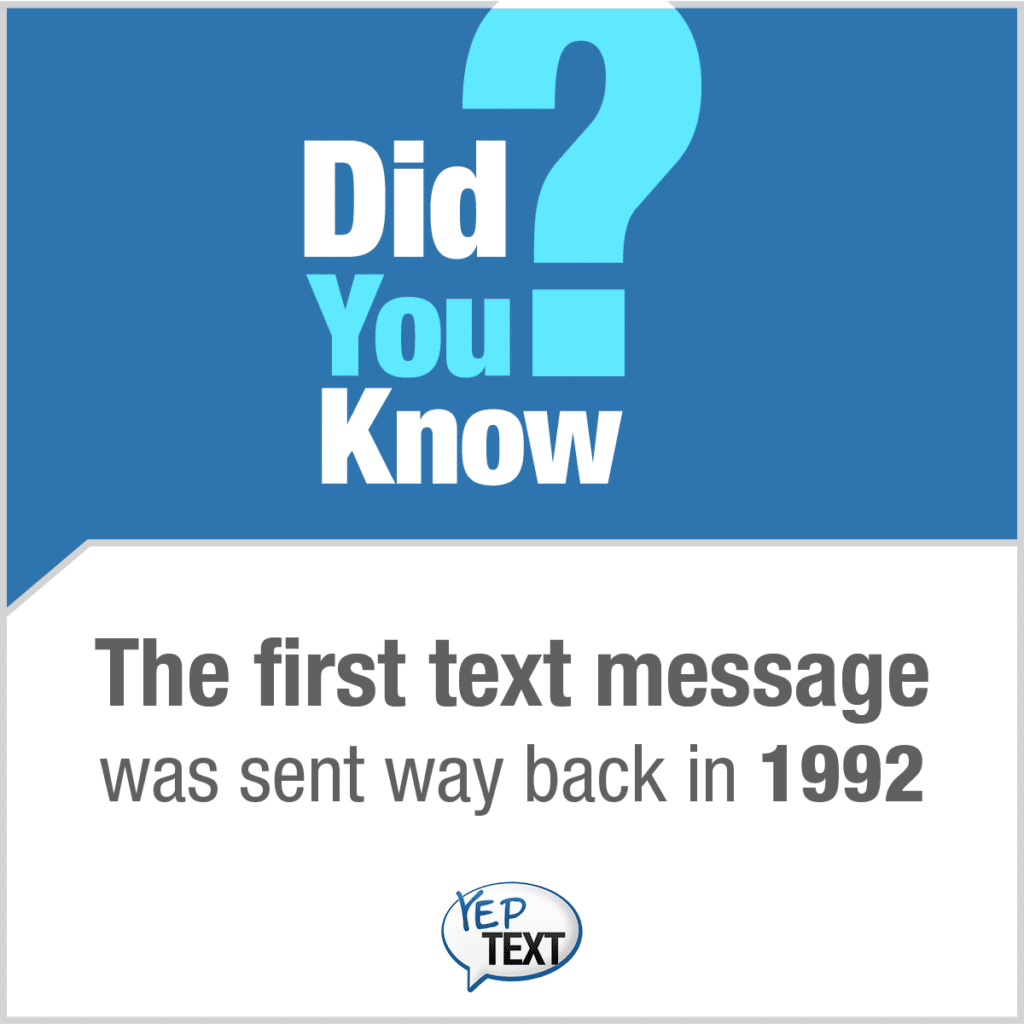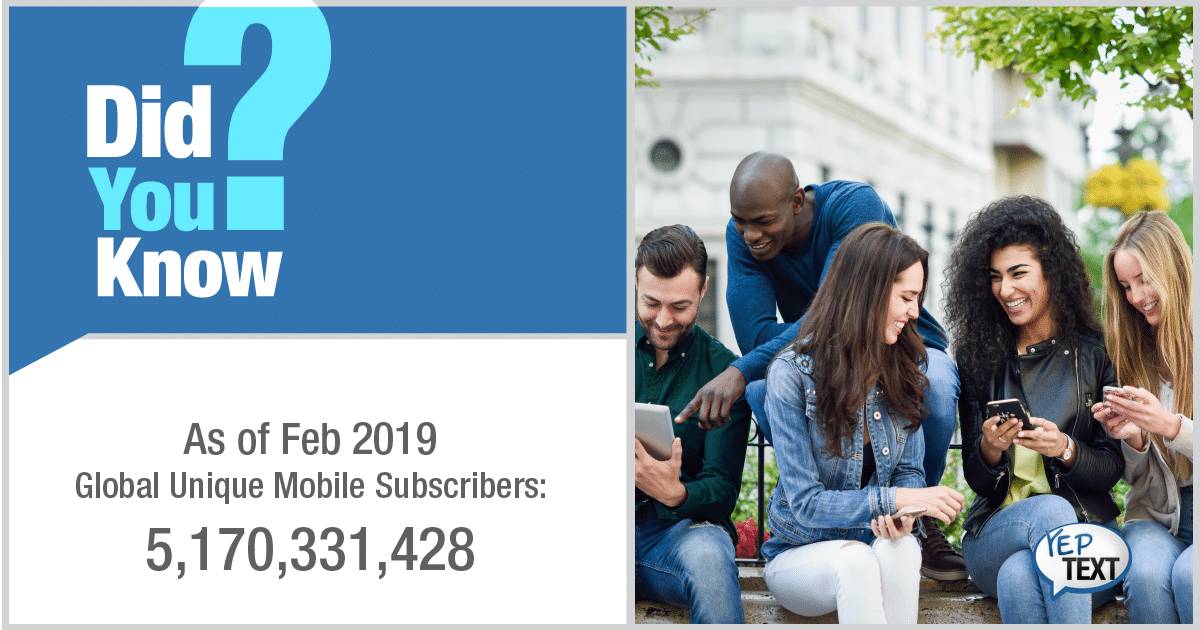📑 Table of Contents
- Firstly, What is a Text Message?
- The Evolution of Text Messaging
- The Impact of Text Messaging on Communication
- Text Messaging in the Era of Smartphones and Apps
- The Future of Text Messaging
- Exploring the Societal Impact of Text Messaging
- Text Messaging in Education and Health
- Challenges and Considerations
- Integrating Text Messaging in Business and Marketing
- The Role of Text Messaging in Crisis Communication
- Text Messaging and Privacy Concerns
- The Cultural Significance of Text Messaging
- Environmental and Economic Impacts of Text Messaging
- Inclusivity and Accessibility in Text Messaging
- Balancing the Benefits and Drawbacks
- Navigating the Global Landscape of Text Messaging
- Text Messaging and Education: A Double-Edged Sword
- The Psychological Aspects of Text Messaging
- Text Messaging and the Future of Communication Technology
- Other Related Things You Need to Know!
- Closing Thoughts!
In the landscape of modern communication, text messaging stands as a cornerstone. But what exactly is a text message? This blog post delves deep into the realm of text messaging, uncovering its definition, evolution, and significance in our daily lives. Let’s dive in.
Firstly, What is a Text Message?
A text message, at its core, is a short message sent electronically, primarily via a mobile phone network. It uses a text message app or service to transmit words, symbols, and even multimedia from one device to another.
The concept extends beyond mobile phones; with the advent of the internet, text message online platforms have emerged, allowing users to send messages from computers and other devices.

The Evolution of Text Messaging
The journey of text messaging dates back to the early 1980s, with the development of the Short Message Service (SMS). Originally designed as part of the cellular system to notify users of voicemail messages, SMS evolved into a new mode of communication.
The first actual text message, “Merry Christmas,” was sent in 1992, marking the start of what would become a global phenomenon.
As technology advanced, so did the capabilities of text messaging. The emergence of Multimedia Messaging Services (MMS) allowed users to send not just text, but also images, videos, and audio. This evolution turned text messaging into a more dynamic and expressive form of communication.
The Impact of Text Messaging on Communication
Text messaging has significantly altered the landscape of personal and professional communication. It offers a quick, efficient way to exchange information without the need for immediate verbal conversation.
This has led to its widespread adoption in various fields, including business, where it’s used for marketing, customer service, and internal communication.
In personal contexts, text messages have become a primary tool for staying connected with friends and family. They allow for instant connection, sharing moments, and expressing emotions through emojis and gifs, adding a new dimension to digital communication.

Text Messaging in the Era of Smartphones and Apps
The advent of smartphones and the proliferation of messaging apps have further transformed text messaging. Apps like WhatsApp, Facebook Messenger, and WeChat offer enhanced features like group chats, voice messages, and video calls, extending the functionality of traditional text messaging.
These platforms have also introduced end-to-end encryption, ensuring the privacy and security of digital conversations, a concern that has grown with the increasing use of digital communication.
The Future of Text Messaging
As we look to the future, text messaging continues to evolve. The integration of artificial intelligence and chatbots in messaging platforms is set to revolutionize customer service and personal assistants.
Moreover, the rise of 5G technology promises faster, more reliable, and more innovative messaging experiences.
Exploring the Societal Impact of Text Messaging
The influence of text messaging extends beyond technology, shaping social interactions and language. The brevity and immediacy of text messages have given rise to a unique text-speak language, characterized by abbreviations, acronyms, and emojis.
This new lexicon reflects the fast-paced, efficient nature of modern communication, though it has also sparked debates about its impact on traditional language skills.
Text messaging has also played a significant role in social movements and awareness campaigns. Its ability to quickly disseminate information has been instrumental in organizing events, spreading awareness, and mobilizing communities around the world.

Text Messaging in Education and Health
In the educational sector, text messaging has found a place as a tool for learning and communication between teachers, students, and parents.
Schools and universities use text messages to send reminders, updates, and educational content, facilitating a more connected educational environment.
The health sector has not been left behind in adopting text messaging. Hospitals and health organizations use it to send appointment reminders, health tips, and alerts.
It has become a crucial tool in public health campaigns and in managing patient care, especially in remote or underserved areas.

Challenges and Considerations
Despite its benefits, text messaging does come with challenges. Issues such as over-reliance on digital communication, privacy concerns, and the potential for miscommunication due to lack of nonverbal cues are ongoing discussions in the digital age.
Moreover, the digital divide remains a concern, as not everyone has equal access to the technology required for text messaging. This gap can lead to inequalities in information access and communication opportunities.
Integrating Text Messaging in Business and Marketing
The business world has also been revolutionized by text messaging. Companies leverage text messages for marketing, customer service, and internal communications. It offers a direct and personal way to reach customers, with higher open rates than emails.
Text message marketing campaigns can effectively promote products, offer discounts, and engage customers in a more immediate and personal way.
In customer service, text messaging provides a quick and convenient channel for customer inquiries and support. It allows businesses to handle customer issues efficiently, improving overall customer satisfaction.
Internal communication within organizations has been streamlined thanks to text messaging. Quick updates, reminders, and coordination efforts are often facilitated through group texts or messaging apps, enhancing teamwork and productivity.

The Role of Text Messaging in Crisis Communication
Text messaging has proven to be a vital tool in crisis situations. During natural disasters, emergencies, or significant public events, text messages can be used for rapid, widespread dissemination of critical information.
They are often more reliable than internet-based services, especially when bandwidth is limited or networks are congested.
Governments and emergency services use text alerts to warn citizens of imminent dangers, provide instructions, or offer assistance. This aspect of text messaging underscores its importance as a lifeline in critical times.
Text Messaging and Privacy Concerns
With the increasing use of text messaging, privacy and security concerns have come to the forefront. Sensitive information shared over text can be susceptible to interception or unauthorized access.
This has led to the development of encrypted messaging apps and heightened awareness about digital security practices.
Consumers and businesses alike must be vigilant about the information they share over text messages and use secure platforms, especially for confidential or sensitive communications. Here are the compliance guidelines to follow for text message marketing.
The Cultural Significance of Text Messaging
Text messaging isn’t just a technological phenomenon; it’s also a cultural one. It has created new forms of social interaction and expression. From the way we use emojis to convey emotions to the creation of internet slang, text messaging has had a profound impact on language and culture.
It’s fascinating to observe how different cultures adopt and adapt text messaging practices, reflecting their unique social norms and values.
In many ways, text messaging has become a cultural artifact, representing the zeitgeist of the digital age. It’s a reflection of our desire for instant, concise, and convenient communication.
Environmental and Economic Impacts of Text Messaging
The environmental impact of text messaging is another aspect worth considering. Compared to traditional forms of communication like postal mail, text messaging is a more eco-friendly option, reducing the need for paper and transportation.
However, the data centers and networks that power digital communication have their own environmental footprint.
Economically, text messaging has opened up new markets and opportunities. It has created jobs in the tech sector, influenced the development of new software and applications, and even given rise to entire industries, such as mobile marketing and digital customer service solutions.

Inclusivity and Accessibility in Text Messaging
Text messaging has also played a role in promoting inclusivity and accessibility. Features like voice-to-text and text-to-speech have made text messaging more accessible to individuals with disabilities.
Moreover, the simplicity and widespread availability of text messaging make it an inclusive tool that can bridge communication gaps across different age groups, socio-economic backgrounds, and geographies.
Balancing the Benefits and Drawbacks
While text messaging offers numerous benefits, it’s important to balance these with an awareness of its potential downsides. Issues like cyberbullying, text message addiction, and the erosion of face-to-face communication skills are challenges that need to be addressed.
As we continue to rely on text messaging, finding ways to mitigate these issues will be crucial for ensuring that it remains a positive force in our lives.
The global reach of text messaging is a testament to its versatility and adaptability. Across different countries and cultures, text messaging serves as a unifying medium, transcending language barriers and geographical boundaries. It has become a tool for global communication, enabling people from all corners of the world to connect instantly.
This global perspective also highlights the variations in text messaging etiquette and usage. What’s considered polite and normal in one culture might be different in another, reflecting the diverse ways in which text messaging is woven into the social fabric of various societies.
Text Messaging and Education: A Double-Edged Sword
In the realm of education, text messaging presents both opportunities and challenges. On one hand, it facilitates communication between educators, students, and parents, and can be used as a tool for learning and engagement.
On the other hand, concerns about distractions, text-speak affecting writing skills, and the digital divide pose challenges that educators and policymakers must navigate.
Educational institutions are increasingly finding innovative ways to integrate text messaging into their communication strategies, balancing its benefits with the need to maintain academic integrity and focus.
The Psychological Aspects of Text Messaging
Text messaging also has psychological implications. It can affect our emotional well-being, relationships, and social behavior. The immediacy of text messaging can lead to instant gratification but also create anxiety around immediate responses. Understanding the psychological impact of text messaging is crucial for maintaining healthy digital habits.
Text Messaging and the Future of Communication Technology
As we look to the future, text messaging is poised to integrate more deeply with emerging technologies. The incorporation of augmented reality (AR), virtual reality (VR), and the Internet of Things (IoT) into text messaging platforms could redefine the boundaries of digital communication, making it more immersive and interactive.

Other Related Things You Need to Know!
Text Message Meaning of Symbols: Symbols in text messages are a fascinating aspect. They range from emoticons, which convey emotions, to more complex symbols used for brevity and impact. Understanding these symbols is key to effective communication in the digital age.
Primary Use of Text Messages: The primary use of text messages varies widely. It includes personal communication, such as staying in touch with family and friends, to more complex applications like marketing campaigns. Businesses leverage text messages for promotions, utilizing tactics like text to join or setting up a strong CTA (Call to Action).
Text Message Apps and Platforms: The proliferation of text message apps has revolutionized how we communicate. From dedicated apps on smartphones to web-based platforms, these applications allow for a range of functionalities including group chats, multimedia sharing, and even encrypted conversations.
Texting Websites and Marketing Strategies: Texting websites have become pivotal in digital marketing strategies. They provide a platform for businesses to implement real-world text message advertising examples, seamlessly integrating with customers’ daily lives. This approach has a personal touch, often leading to higher engagement rates.
Text Message on iPhone: A Case Study: The text message meaning on iPhone and its functionality is an example of how integrated text messaging has become in our lives. With features like iMessage, users can send texts, photos, videos, and more, creating a more dynamic communication experience.
Text Message Examples in Daily Life: To understand what a text message example is, consider scenarios like appointment reminders, delivery notifications, or quick check-ins with loved ones. Each of these represents the versatility and convenience of text messaging.

Closing Thoughts!
In conclusion, text messaging is a dynamic and multifaceted aspect of our digital lives. Its impact spans technological, cultural, environmental, economic, and psychological realms.
As we continue to embrace text messaging, it’s important to do so with awareness and adaptability, understanding its vast potential and addressing its challenges.
This blog post has journeyed through the various dimensions of text messaging, offering a comprehensive perspective on its role in our digital age.
It serves as a guide for readers to understand, appreciate, and navigate the complex terrain of text messaging in an informed and mindful way. Learn more about this from the Wikipedia page.
